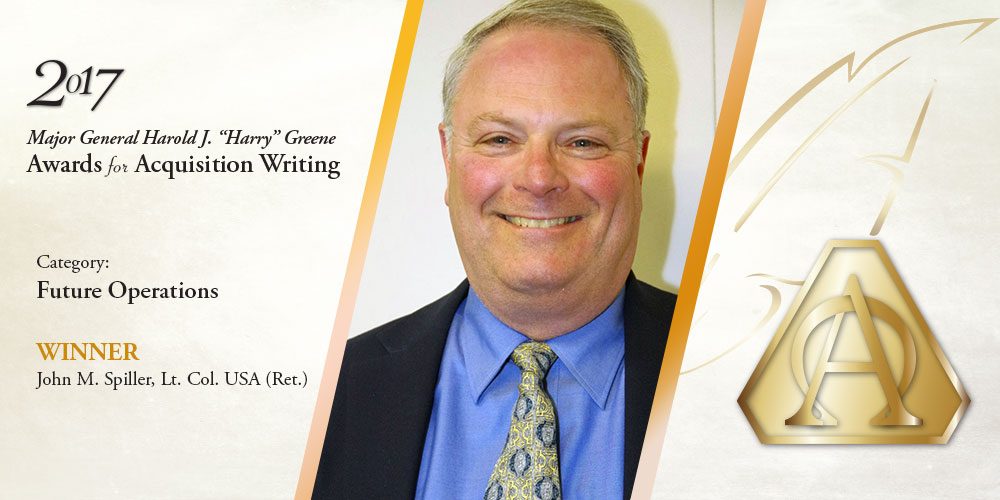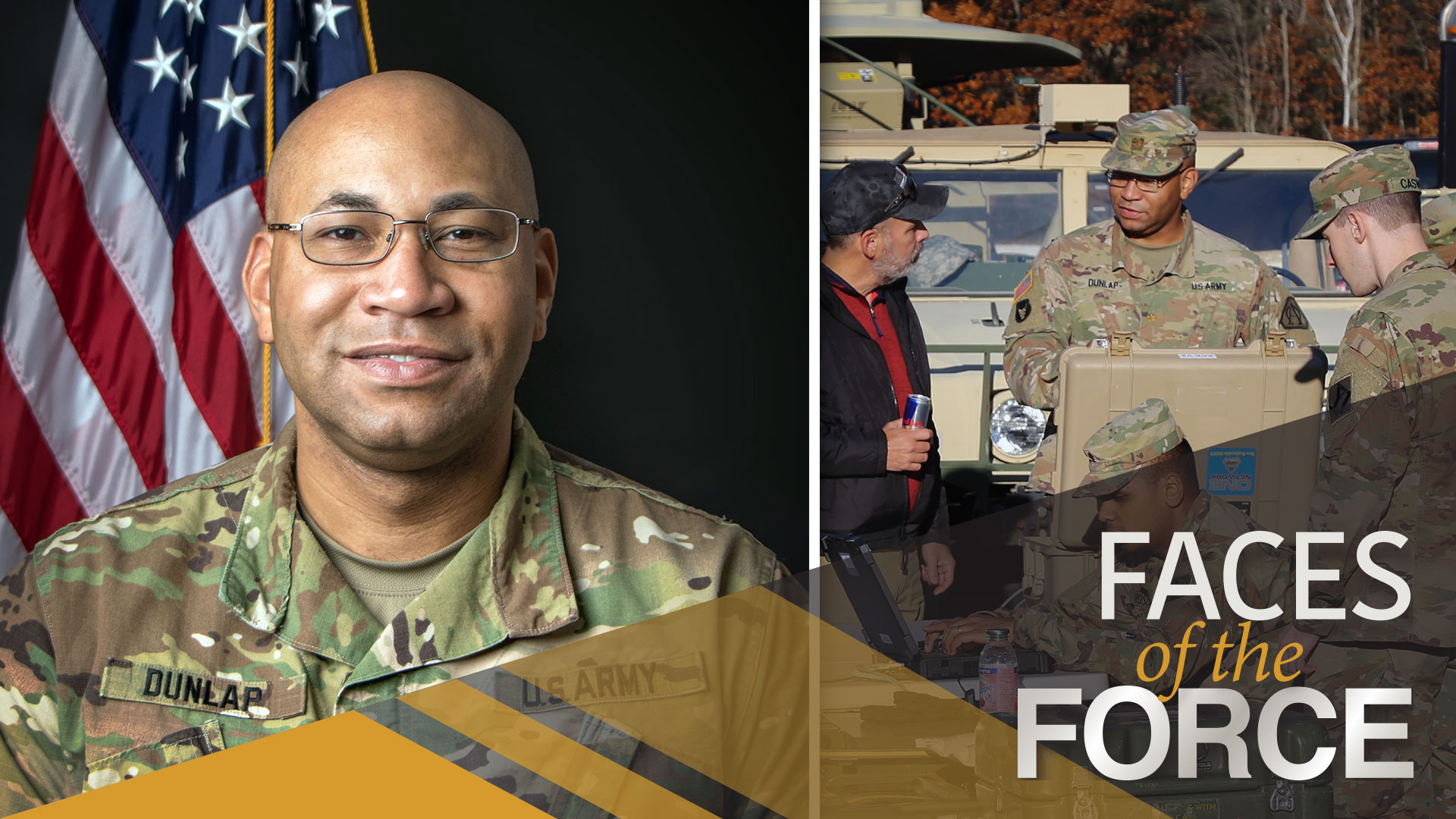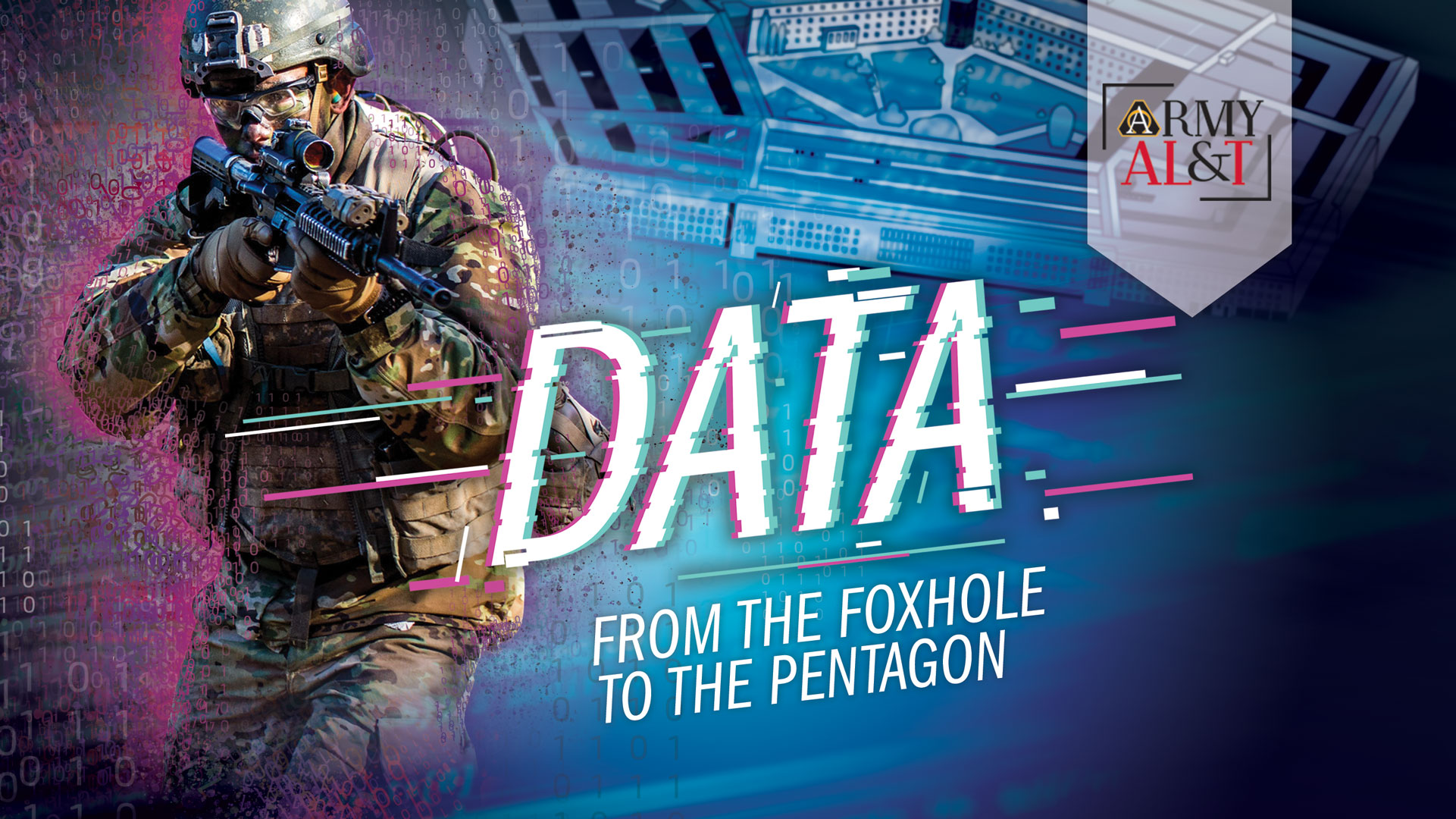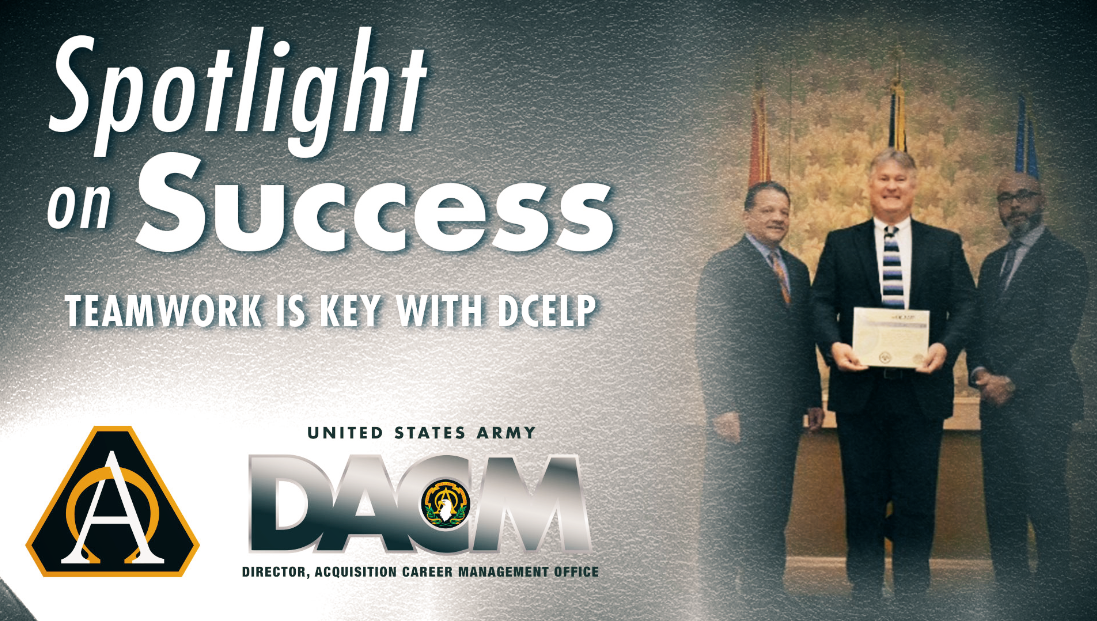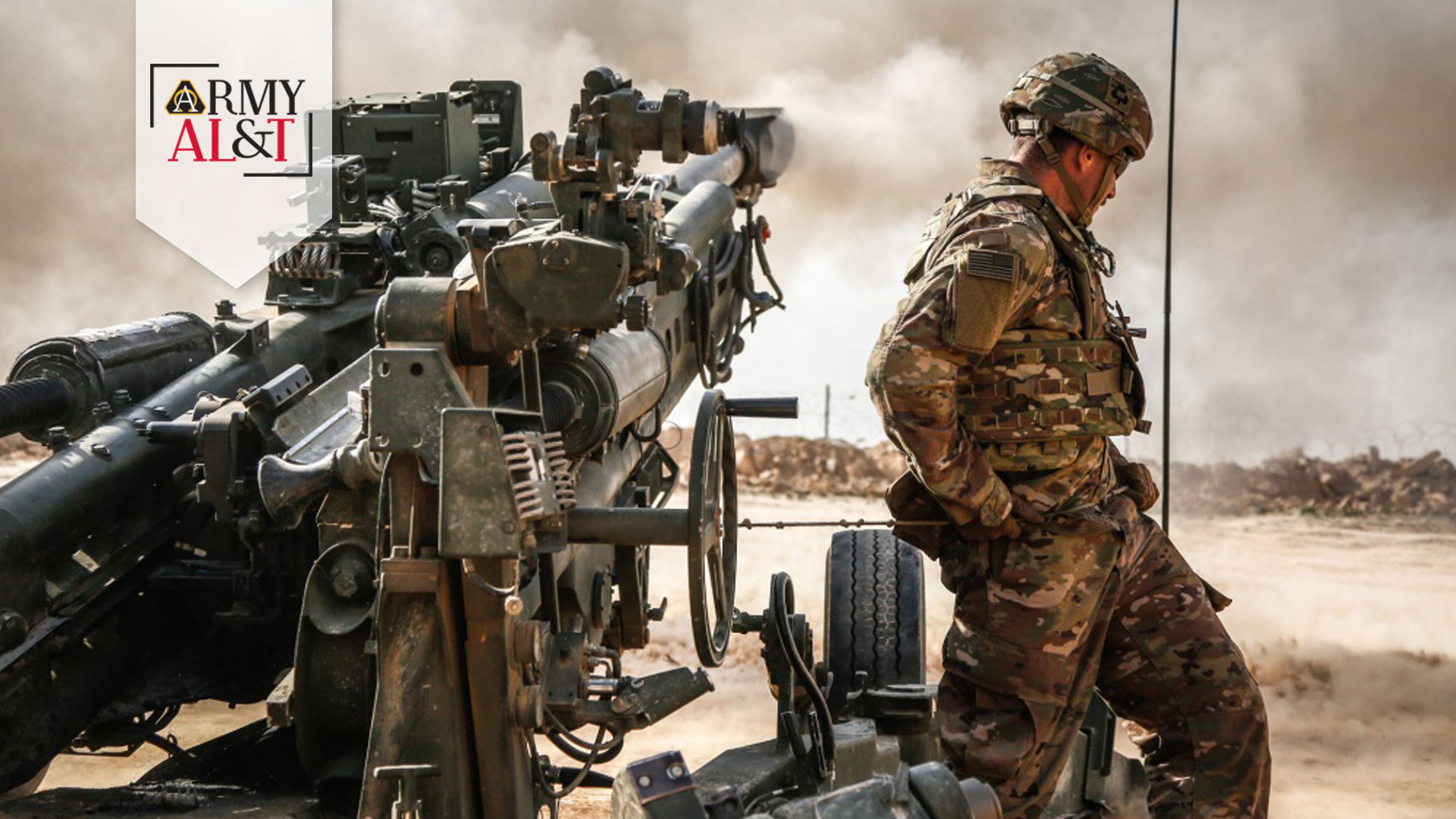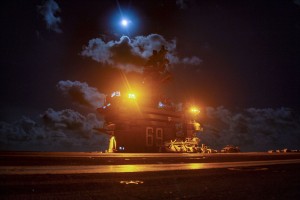By John M. Spiller
Thinking About Warfighting
As a young Captain, I was assigned to the Command and General Staff College’s Doctrine Branch just two years after the 1982 Field Manual 100-5, Operations, was published. This was the birth of AirLand Battle doctrine – and as the only Captain there, I always got to flip transparencies on the overhead projector. At the time, I did not realize how lucky I was because I got to soak in the magnificent warfighting discussions. AirLand Battle profoundly changed the operational and institutional Army and culminated in a quick Gulf War victory.
Change bigger than AirLand Battle is coming. Army Chief of Staff GEN Mark Milley “is convinced … the character of war … is undergoing fundamental, profound and significant change.” 1 In his preface to the U.S. Army Operating Concept (AOC), “Win in a Complex World,” TRADOC Commander GEN David Perkins challenges us all: “One of our most important duties as Army professionals is to think clearly about the problem of future armed conflict. That is because our vision of the future must drive change to ensure that Army forces are prepared.”2 Acquisition professionals must read the AOC and think about how we can provide a future warfighting edge to Soldiers who will fight in “an environment that is not only unknown, but unknowable and constantly changing.” 3
The Tactical Power Problem
Tactical power technology is a poster child for waste—fuel-gulping and inefficient. U.S. Government Accountability Office (GAO) Report 09-300 summarized the problem: “DOD reports that the single largest battlefield fuel consumer is generators, which provide power for base support activities such as cooling, heating, and lighting.” 4 Who hasn’t lived through a tactical generator dying at the absolute worst time? Losing lights, air conditioning and computers are always inconvenient. In the future, it won’t just be lights going out in the Command Post, it will be lights going out on MDB – losing links to cyber, bandwidth, electronic measures/countermeasures, and sensors.
Tactical power is the foundation … a key enabler for MDB. Who is thinking through this future?
The Right Tactical Power Supporting MDB
We must start the thinking and professional discussion on an Army and Joint vision for the right tactical power supporting MDB. The AOC tells us “the U.S. Army’s differential advantage over enemies derives, in part, from the integration of advanced technologies with skilled Soldiers and well-trained teams.” 5
In parallel with the AOC, emerging solutions to the tactical power problem are:
- Providing advanced, more reliable power technology that automatically matches power supply to demand (optimized to reduce logistics demand).
- Providing the right mix of power-skilled Soldiers and well-trained teams in the Brigade Combat Team (BCT).
Problem Scope
Generator technology—and limitations—has been well understood for 125 years. Generators operate most efficiently at full load. However, it is virtually impossible to keep a stand-alone generator fully loaded 24/7/365 due to constantly changing user demand—ever-changing demand drives the fuel-gulping waste that is the crux of the tactical power problem. Numerous surveys from operations in Iraq and Afghanistan show that most generators are inefficiently loaded at 30% or less. Using the generator fuel consumption chart6 illustrates the scope of the problem and the operational impact. 6
If user peak demand (aka “load”) is 60 kilowatts (kW), the most efficient choice would be one 60kW generator at full (100%) load, which consumes 4.8 gal/hr. You get the same 60kW by running four 60kW generators at 25% load; however, at 25% load, all four generators consume 1.8 gal/hr. 1.8 * 4 = 7.2 gal/hr. Simple math reveals yearly fuel requirements:
- One 60kW gen @ 100% load: 4.8 gal/hr * 24 hrs/day * 365 days/yr = 42,048 gal/yr.
- Four 60kW gens @ 25% load: 7.2 gal/hr * 24 hrs/day * 365 days/yr = 63,072 gal/yr.
How efficient is it to deliver 21,000 more gallons a year to support one small 60kW load? Put into perspective, GAO Report 09-300 documented “each day, over 2 million gallons of fuel alone [were] supplied to U.S. forces in Iraq and Afghanistan.” 7
The U.S. Marine Corps Expeditionary Energy Office monitored tactical generator energy demand in Afghanistan during 2012. 8 It documented a demand profile with wide variations in generator load (5% to 100%). The 100% peak load happened for just one hour a night during the winter when generators were powering heaters; peak load is the driver for choosing generator size. However, during the spring and fall (six months), the load on the same generator varied from 5% to 35%. The generator ran 24/7/365 with an inefficient yearly average load of 32%. Warfighting conclusion? Generators running at inefficient loads = waste. This waste is a limitation of a stand-alone generator, which is a “brute force” way to provide tactical power. This inefficiency is untenable for MDB when fuel deliveries will be to smaller, dispersed units.
Solution: Advanced Technology
How do we provide the right tactical power to support MDB? Think about your utility company, which automatically tracks your home demand and automatically provides power to meet your demand—you only pay for the kilowatt hours you use. Intelligent power technology exists today to take utility-like efficiency to the battlefield: tactical microgrids and hybrids. At Network Integration Exercise 14.2, the military-standard Advanced Medium Mobile Power Sources microgrid (four networked 60kW generators) automatically matched power to demand and provided these operational and logistics footprint advantages: 9
- Improved reliability = better operational capability for warfighters. Only one power outage in 2.5 months despite one of the generators running out of fuel 32 times; the power outage only occurred when two generators ran out of fuel simultaneously.
- When demand was low, one, two or three generators were automatically turned off (not burning any fuel); yielding 30%+ fuel savings over status quo.
- Four networked generators replaced status quo (11 stand-alone generators). Microgrid operating hours were only 26% of status quo, extending time between oil changes and unplanned maintenance on fewer generators.
A “hybrid” is a generator paired with advanced battery storage so the generator can be turned off while batteries handle the demand. Hybrids would be a viable solution for smaller mobile units executing MDB. Hybrids also enable silent watch.
Representatives of PM Expeditionary Energy and Sustainment Systems (E2S2) providing AMMPS stand-alone generator training to 173rd Airborne Brigade Combat Team (Sky Soldiers) prior to the unit’s 2012 Afghanistan deployment. (U.S. Army photo courtesy of PM E2S2 Forward)
Solution: Skilled Soldiers and Well-Trained Teams
Since 1947, the Corps of Engineers has been the Army’s lead for power. 10 Force structure changes made in the early 1980s caused Corps of Engineers’ utility units manned with power planners and operators to disappear. Unbelievably, our Army is the only Service with no uniformed electricians providing battlefield support.
The Corps of Engineers boasts highly-trained uniformed electricians, (MOS 12P) and the schoolhouse, curriculum and instructors are in place today. What if just a few 12Ps were assigned to each BCT to serve as unit power planners? Combined with non-electrician power specialists and operators already in the BCT, the 12P electricians could lead a well-trained BCT power team. Generator mechanics/power specialists (MOS 91D) could continue repairs and assist with grid set-up/tear-down. The 12Ps could also supervise/enforce BCT-wide microgrid/hybrid training and licensing, which would increase operator skills and safety.
Tactical power is not integrated into today’s combined arms fight. If the BCT Commander wants logistics or bandwidth, he turns to CGSC-graduate Majors on his staff. If he wants power, the Army’s answer today is, “We all should make energy-informed decisions.” When a task is “everybody’s job,” it ends up being “nobody’s job.” Energy-informed decisions imply power decisions are as easy as turning off lights at home.
Imagine this future mission order: “Our BCT is deploying to combat in foreign megacities … need to tap into the host nation power grid, but have our organic generators tied in as backup.” This mission order is going to require a CGSC-graduate Major on the BCT staff with 12P planners. The Assistant Brigade Engineer 11 could integrate power into the military decision making process to ensure integration in the MDB combined arms fight.
In April 2012, the Joint Requirements Oversight Council and the Army Requirements Oversight Council approved the Army’s Operational Energy for Sustained Ground Operations Initial Capabilities Document. Appendix E within lists 16 Operational Energy capability gaps—many of which would be closed or mitigated by the aforementioned slight organization tweaks.
Military-standard AMMPS 60kW generator with microgrid switchbox mounted on a trailer. Up to six 60kW generators can be networked into a microgrid. (U.S. Army photo courtesy of PM E2S2)
Change … Requires Change
GEN Perkins closed his AOC preface with another challenge: “Leaders at all levels must … not allow bureaucratic processes to stifle them.” 12 Our Army should address a current institutional bureaucratic process that hinders building capabilities to support MDB. Below are examples of language taken from draft TRADOC Capability Development Documents (CDD):
- New capability will not require any additional personnel, new MOS or ASI for operation of the system.
- Current MOS and leader development, training instruction, and resources … shall not significantly increase due to the introduction of new capability.
This language is a “stop sign” to the important truth in the AOC that “the U.S. Army’s differential advantage over enemies derives, in part, from the integration of advanced technologies with skilled Soldiers and well-trained teams.” 13 Professionals understand downward trends in force structure and budget are constraints, but there are zero-sum force structure options to professionally consider.
The AOC has specified power tasks for our future: “New technologies enable increased efficiency and reduced demand through lower fuel consumption, efficient storage and power generation.” 14 Advanced technology—microgrids and hybrids—offer significant, quantifiable operational and logistics footprint advantages to future MDB. Slight organizational tweaks could put skilled leaders and Soldiers in BCTs so they can build well-trained power teams at the point of need. The timing is right for the Corps of Engineers to reassume its historical lead for power and to update policy devoid of substantive changes for decades.
If our Army gets MDB power right, it will be a combat multiplier and will save lives of American Soldiers not yet born.
References:
1 – Milley, Mark A. GEN. “Radical Change Is Coming: Gen. Mark A. Milley Not Talking About Just Tinkering Around the Edges,” edited by Rick Maze. Association of the United States Army, 13 December 2016, https://www.ausa.org/articles/radical-change-coming-gen-mark-milley-not-talking-about-just-tinkering-around-edges.
2 – U.S. Army Operating Concept (AOC), “Win in a Complex World,” 31 Oct 2014, p. iii
3 – AOC, iii.
4 – U.S. Government Accountability Office (GAO) Report 09-300. “DOD Needs to Increase Attention on Fuel Demand Management at Forward-Deployed Locations.” U.S. Government Accountability Office, 20 February 2009, http://www.gao.gov/products/GAO-09-300, Highlights page.
5 – AOC, p.15.
6 – “Approximate Diesel Fuel Consumption Chart.” Diesel Service & Supply, http://www.dieselserviceandsupply.com/Diesel_Fuel_Consumption.aspx.
7 – GAO Report 09-300, p. 1.
8 – USMC Expeditionary Energy Office, “Mobile Electric Hybrid Power Systems (MEHPS) Brief to Industry,” 31 January 2013.
9 – Metered NIE 14.2 data from Project Manager Expeditionary Energy and Sustainment Systems (PM E2S2) Government Engineers
10 – Memorandum, War Department (pre-DoD), WDGSP, 18 August 1947, subject: Engine Generators.
11 – Field Manual (FM) 3-96, “Brigade Combat Team”, 8 Oct 2015, para 3-101, p. 3-20.
12 – AOC, p. v.
13 – AOC, p.15.
14 – AOC, p.37.
John M. Spiller (Lt. Col., Retired) has a BS from the United States Military Academy (1979) and a MS from the University of Southern California (1986). A certified Level-III Program Manager with more than 22 years of acquisition experience, he is currently serving as a support contractor (Augustine Consulting, Inc.) for Project Manager Expeditionary Energy and Sustainment Systems, PEO Combat Support and Combat Service Support.
This article is a winner in the 2017 Maj. Gen. Harold J. “Harry” Green Awards for Acquisition Writing competition. A special supplement featuring the winning entries is online now, and will accompany the print version of the April – June 2018 issue of Army AL&T magazine. If you wish to be added to the magazine’s mailing list, subscribe online; if you’d like multiple subscriptions, please send an email to armyalt@gmail.com.

